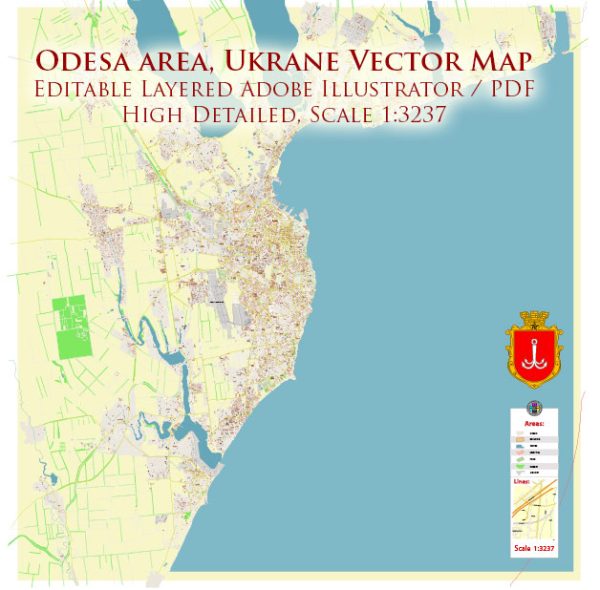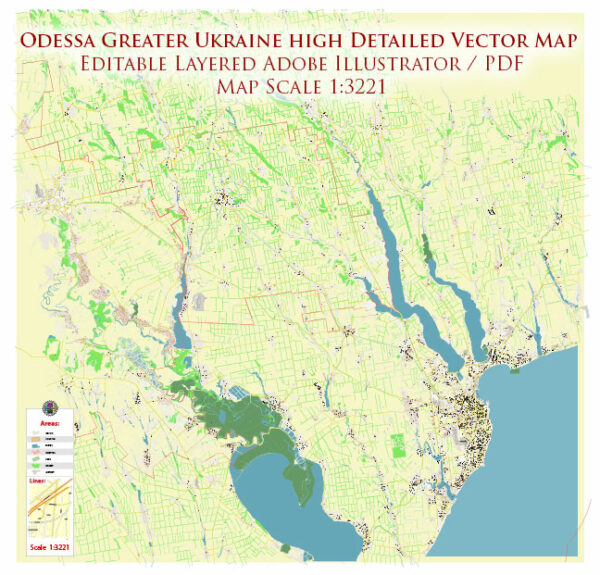Odesa, a port city located on the Black Sea coast of Ukraine, has a diverse and fascinating history of urban development. Here is an overview of key historical phases in the growth and transformation of Odesa:
- Foundation and Early Years:
- Odesa was officially founded in 1794 by Catherine the Great of Russia, and it quickly became a major trading and cultural center. The city’s location on the Black Sea made it strategically important for commerce and maritime activities.
- Architectural Renaissance – 19th Century:
- Odesa experienced a period of rapid growth and prosperity in the 19th century. The city became a melting pot of various cultures and ethnicities, with influences from Greeks, Italians, French, and others.
- The architectural landscape flourished during this time, showcasing a mix of styles including Neoclassical, Baroque, and Renaissance. Landmarks such as the Potemkin Stairs and the Opera and Ballet Theater were constructed during this period.
- Economic and Cultural Hub:
- Throughout the 19th century, Odesa continued to thrive as a major trading port. Its economic importance was bolstered by the grain trade, and the city became a key player in the global economy.
- Odesa developed a vibrant cultural scene, with theaters, literature, and music flourishing. The city played a crucial role in the development of Ukrainian and Russian literature.
- Soviet Period:
- During the Soviet era, Odesa faced challenges and changes. The city was occupied by Romanian and German forces during World War II, leading to significant destruction. However, Odesa was rebuilt after the war.
- The Soviet authorities initiated industrialization efforts, leading to the expansion of the city’s industrial base.
- Post-Soviet Era:
- With the dissolution of the Soviet Union in 1991, Odesa became part of independent Ukraine. The city faced economic challenges as it transitioned to a market-oriented economy, but it also embraced new opportunities for development.
- Modern Times:
- In recent decades, Odesa has seen efforts to preserve and restore its historic architecture. The city has become a popular tourist destination, attracting visitors with its cultural attractions, seaside location, and historic charm.
- Ongoing urban development projects aim to modernize infrastructure, enhance public spaces, and promote economic growth.
- Cultural and Economic Hub:
- Odesa continues to be a cultural and economic hub in Ukraine. The city hosts various festivals, events, and has a lively nightlife. The port remains a crucial component of Odesa’s economy, and the city is an important center for trade and tourism in the region.
Odesa’s history of urban development reflects its resilience, adaptability, and the influences of various cultures over the centuries. The city’s architectural legacy and cultural vibrancy contribute to its unique character and identity.



 Author: Kirill Shrayber, Ph.D.
Author: Kirill Shrayber, Ph.D.